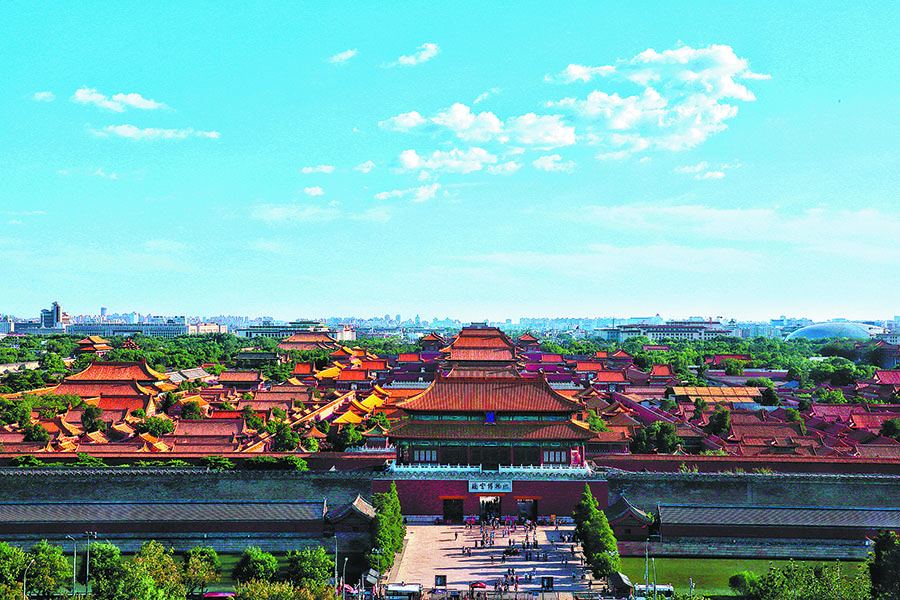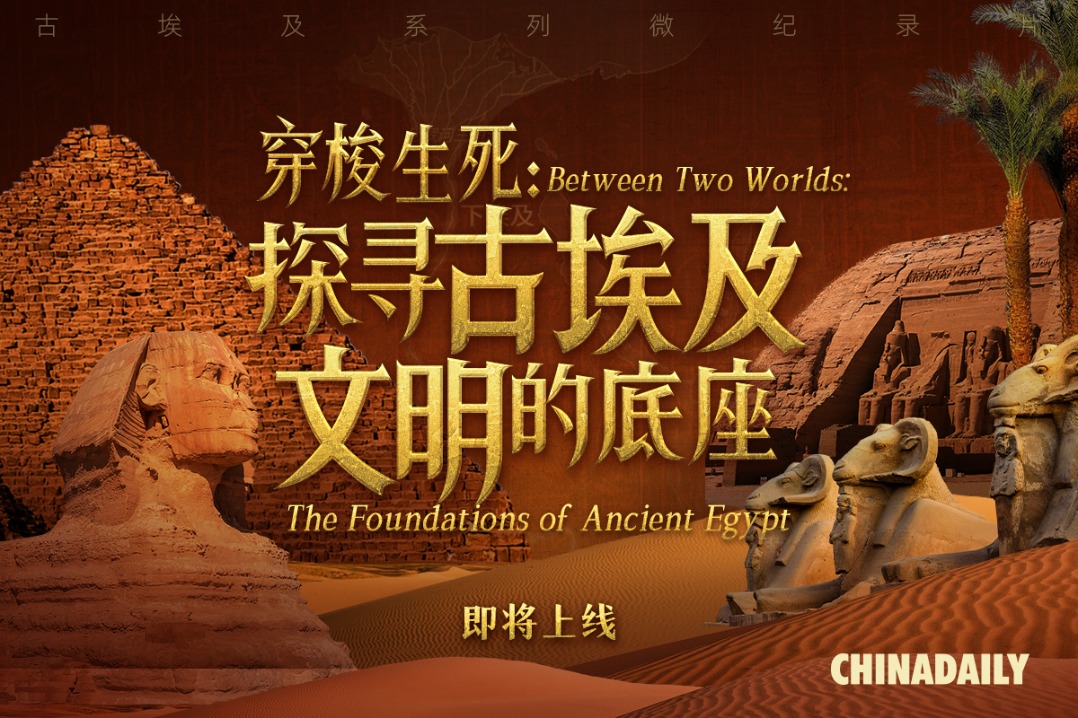One hundred years of fortitude


The museum seemed blessed. Against all odds, it survived, remaining through hardship and upheavals, until it finally embraced the dawn of new times.
Since 1949, the year when New China was founded, comprehensive inventories, studies, and the restoration of its collections have continued. Renovation of ancient architecture breathed new life into these buildings, which also hosted milestone exhibitions one after another. Over the decades, more than 280,000 cultural relics were added to the inventory of the former royal collections, through purchases, donations and transfers. Today, the Palace Museum holds more than 1.95 million items, according to statistics released this month — the largest collection of any museum in China.
These include paintings, calligraphic works, jades, bronze wares, gold and silver wares, enamels, embroideries, and countless other treasures. Here, it is a microcosm of an over 5,000-year-old Chinese civilization, aged yet robust.
The Palace Museum was inscribed onto the UNESCO World Heritage List in 1987, one of the first entries from China. It has always been a gem of human civilization as well, and functioned as a key platform of cross-cultural exchange. Even in the 1930s, when the threat of war intensified, the museum still hosted monumental overseas exhibitions in London and Moscow, displaying the splendor of Chinese art and culture to the world.
























